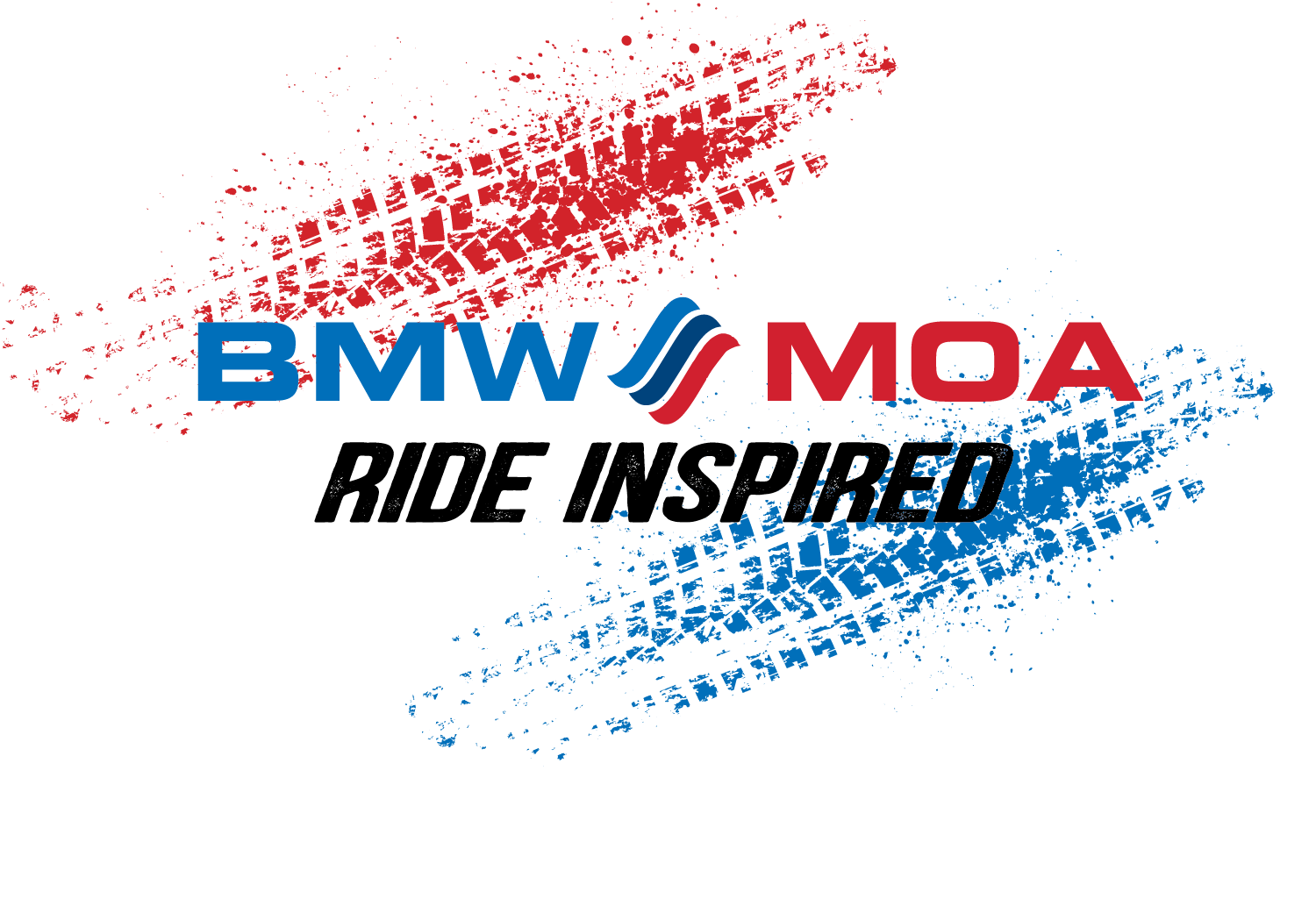Hi Gents
While getting tires mounted recently my mechanic told me the following:
During cold post start up, you can get the engine to run in a enriched state by holding the starter button down for 4 seconds AFTER start up. I looked in my K75 book and there was no mention of this.. Is this correct?
Nick Kennedy
While getting tires mounted recently my mechanic told me the following:
During cold post start up, you can get the engine to run in a enriched state by holding the starter button down for 4 seconds AFTER start up. I looked in my K75 book and there was no mention of this.. Is this correct?
Nick Kennedy

